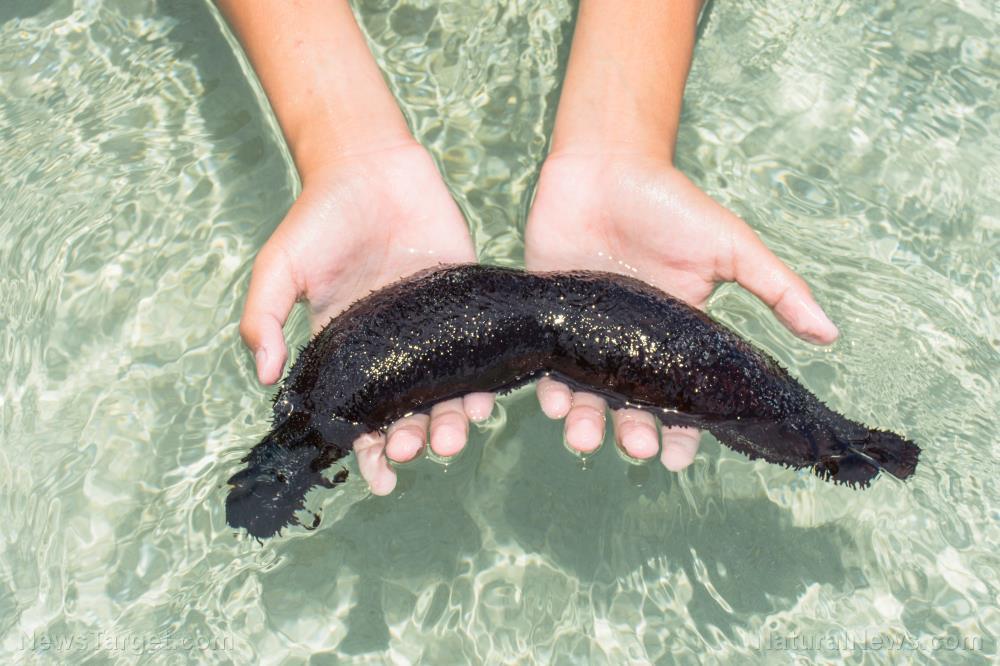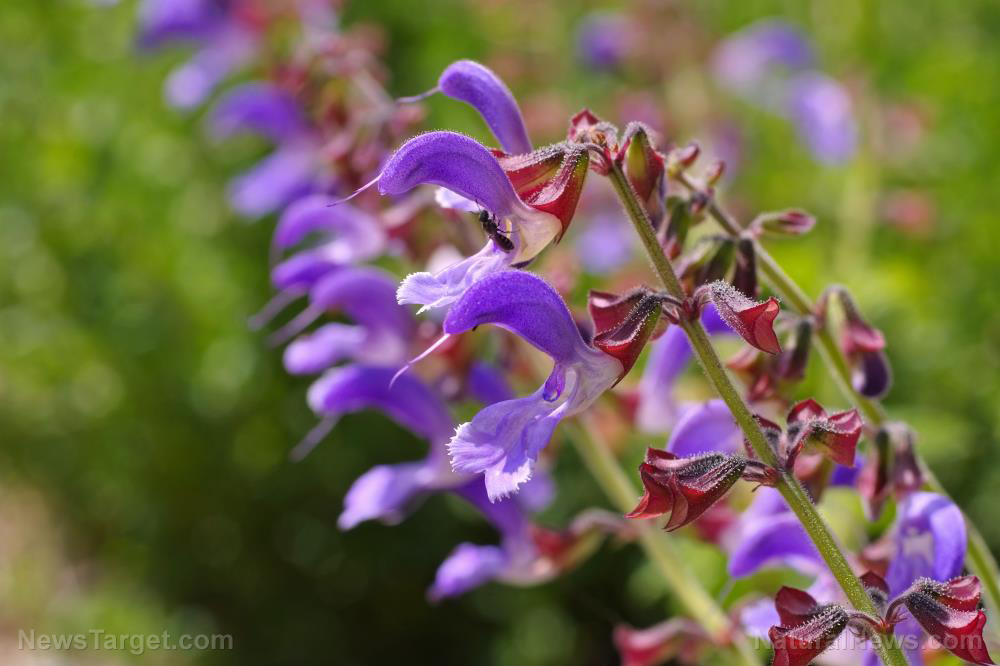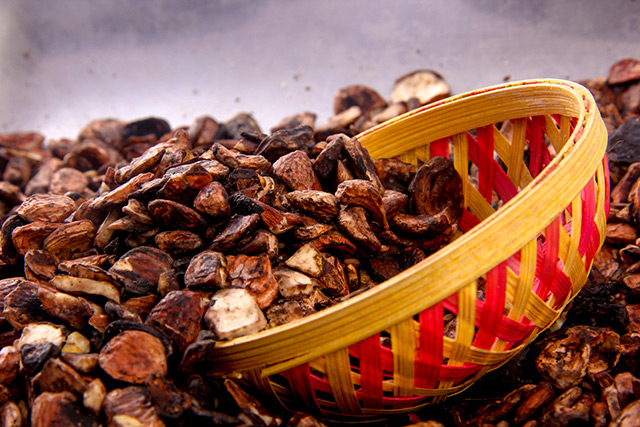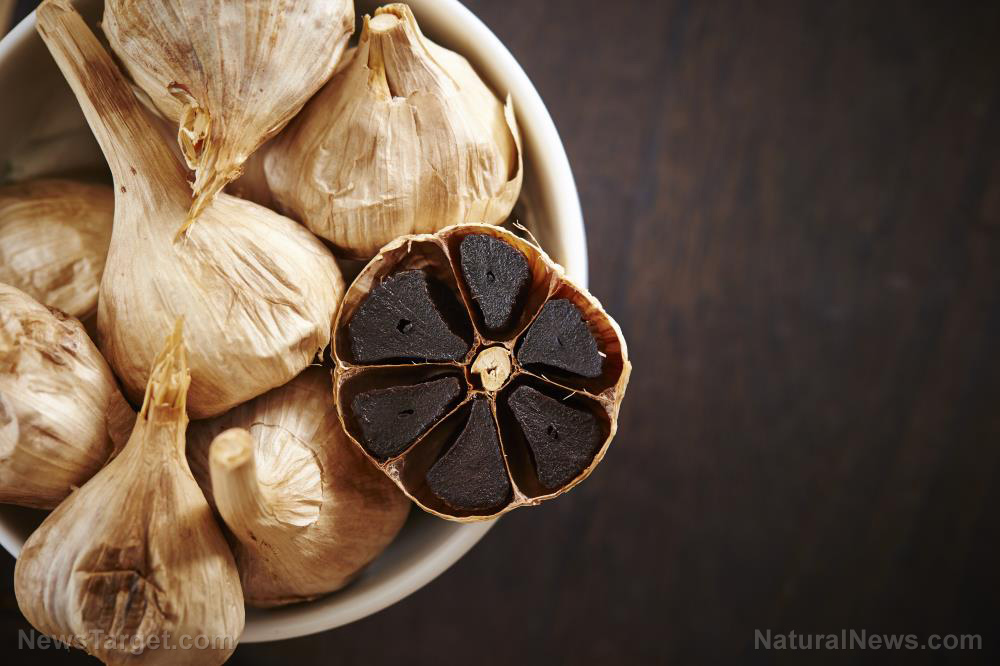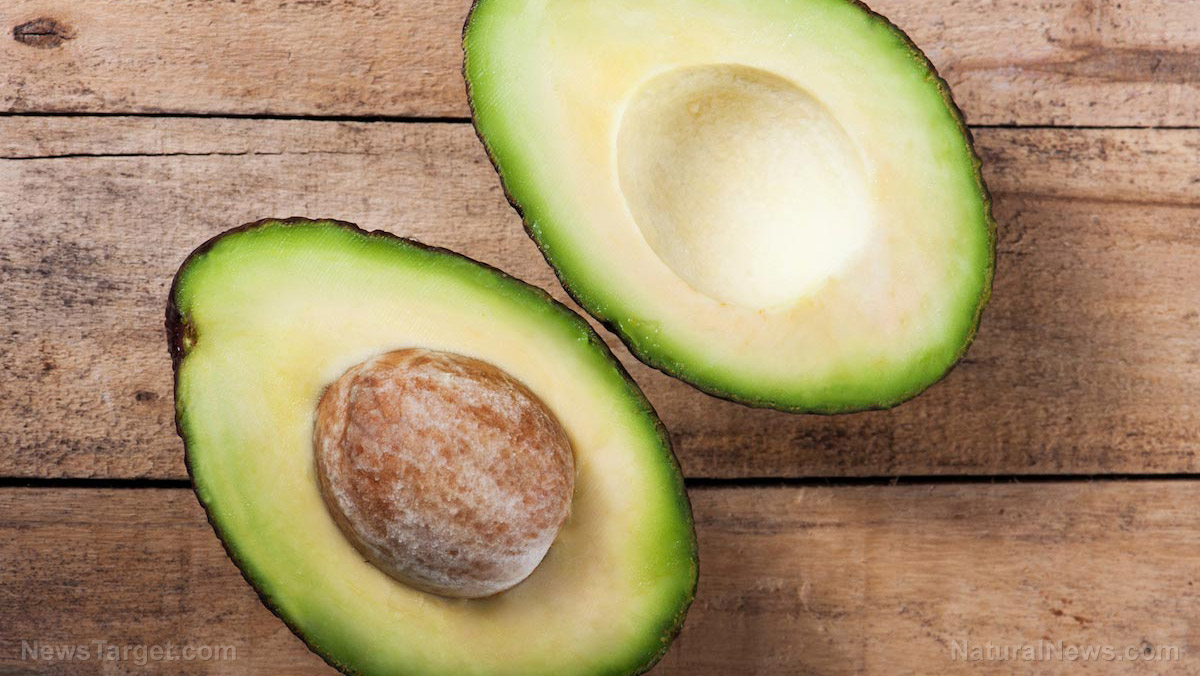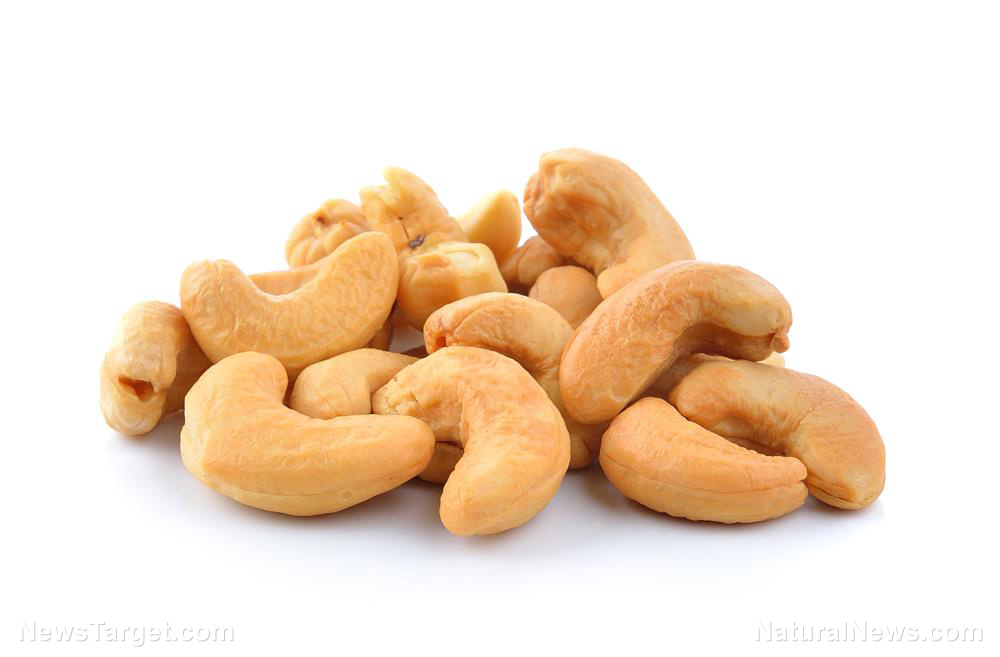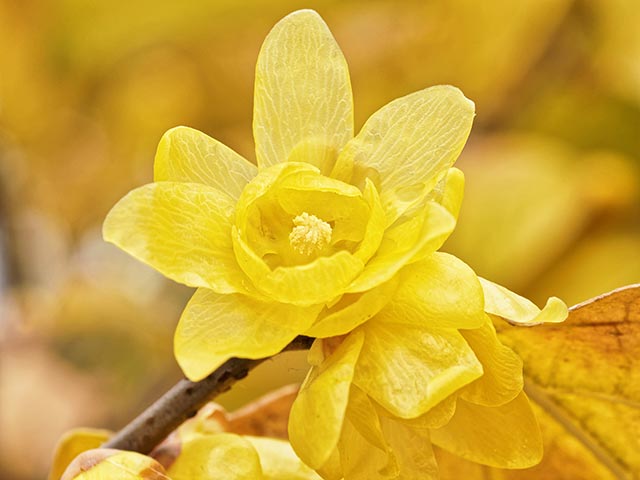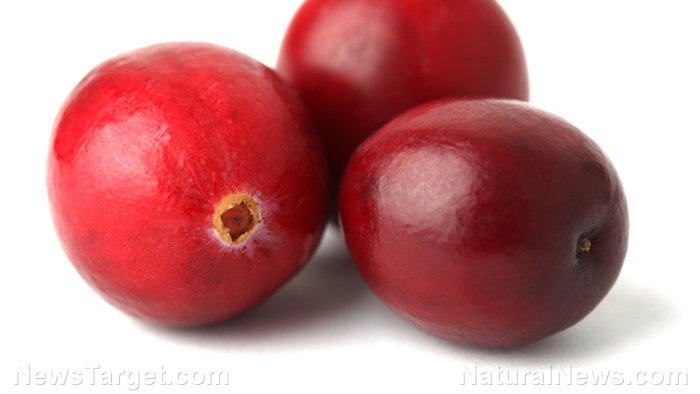Easy and nutritious, sprouts make a great addition to your survival food plan
06/19/2019 / By Edsel Cook

Sprouts are an excellent choice for survival food. They are nutritious and tasty, easy and quick to grow, do not need much room to grow and can thrive in any season.
A “sprout” refers to a plant that is a couple of days old. Its roots have just begun to grow extensions at this point, making it more nutritious than seeds. The sprouting plant will be harvested for consumption.
Preppers with insufficient resources need to pick a plant that only requires water and sunlight to grow leaves. Furthermore, it must grow roots without a substrate like soil or other material that holds water and nutrients. Such plants yield the maximum crop with minimal investment and effort. (Related: Why sprouts are the ultimate prepper food for cost-effective nutrition.)
What you need to grow sprouts
Sprouts are grown in a rinsed jar that is angled to drain. Ordinary jars will suffice. If the container has a lid, punch several holes through the cover. Otherwise, cover it with a cloth that lets air through.
The most efficient growing set-up is a stackable tray. It has enough airflow to grow bigger numbers of sprouts for longer periods. Dedicated sprout-growing trays might come with a divider, which is perfectly replaceable.
Preppers and survivalists may also build a sprouting tray. People who own a drying rack for baked food can wrap a dish towel or storm mesh around the tall storage system. The rack has good airflow and drainage.
An ordinary pan or tray container can be turned into a growing tray by lining it with cloth, mesh, paper towels, or soil. Another good makeshift tray is a tilted bracer that has drainage holes just higher than the height of a seedling.
The power of the elements: Discover Colloidal Silver Mouthwash with quality, natural ingredients like Sangre de Drago sap, black walnut hulls, menthol crystals and more. Zero artificial sweeteners, colors or alcohol. Learn more at the Health Ranger Store and help support this news site.
How to water sprouts and keep them safe
Water the sprouts once a day. Spray them with a mister or similarly gentle device to avoid damaging the delicate parts of the young plants. If the sprouts are sturdy, the entire tray can be briefly dipped in water.
It is also possible to replicate the flood-drain effects of an aquaponics or hydroponics irrigation system. If the tray is tilted, gently pour water on the higher side. Let the water dribble across the surface and drain on the other side.
If the sprouting container or tray is kept indoors or in dry conditions, cover it with a damp cloth and then place a clear greenhouse lid to ensure it retains enough moisture. In humid environments, the cloth cover will suffice.
Arrange the seeds in three or four thin layers. It is possible to mix and sprout different kinds of seeds, but preferably they should share the same growing characteristics. The grains will take anywhere from seven to 12 days to sprout. Aside from sunlight, they will only need water once a day.
The benefits of sprouts and sprouted fodder
Sprouts provide both humans and livestock with fresh and tasty foods that contain plenty of nutrients. The plant-based fodder can even be fed to ducks and game birds that normally do not eat plants.
A sprout contains at least twice the number of minerals, proteins, and vitamins compared to its seed form. It is also much more easy to digest and absorb.
The remaining water from watering sprouts can be recovered and used for other purposes. The used water can be reused to water gardens or given to livestock as drinking water. If it is run through a filter to remove physical residues, the water can be applied to the sprouts the next day, although preppers and survivalists will need to dispose of it after several uses.
Sources include:
Tagged Under: food freedom, food independence, green living, home gardening, homesteading, Plants, preparedness, Preppers, prepping, sprouts, survival, survival food, survivalist, sustainable living
RECENT NEWS & ARTICLES
Natural.News is a fact-based public education website published by Natural News Features, LLC.
All content copyright © 2018 by Natural News Features, LLC.
Contact Us with Tips or Corrections
All trademarks, registered trademarks and servicemarks mentioned on this site are the property of their respective owners.

